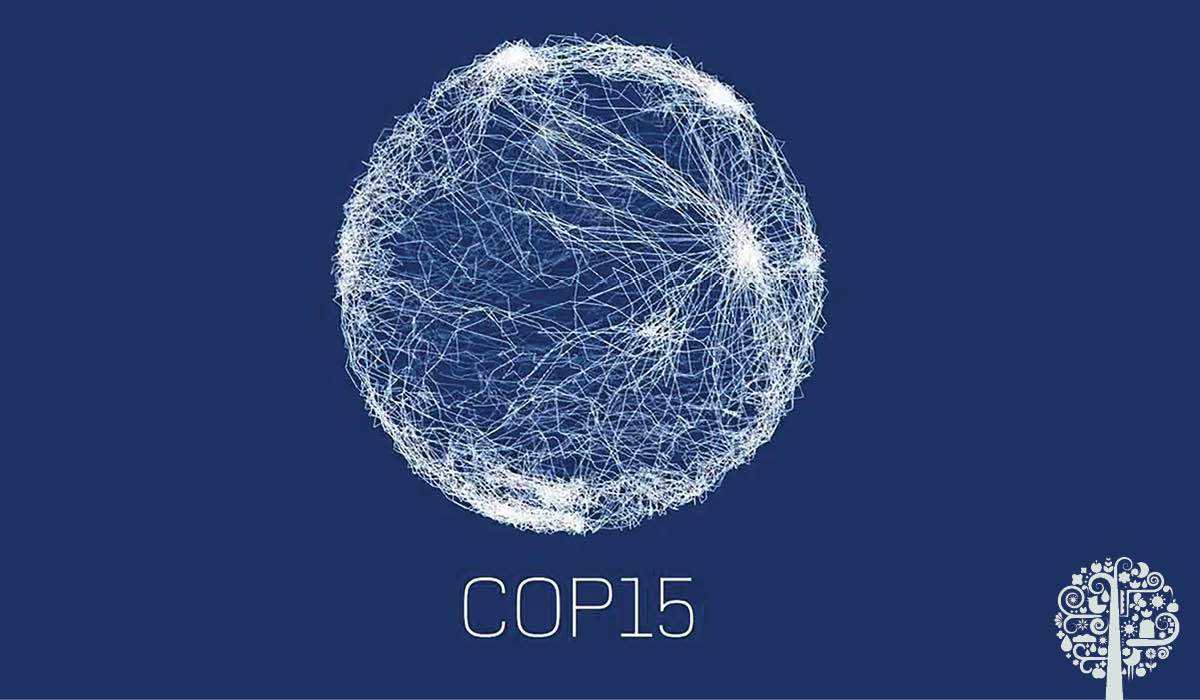COP15 Strives To Protect Animal and Plant Diversity, Create A Nature-Positive World
You’ve likely heard of COP26, the United Nations Conference on Climate Change, held last fall in Glasgow, Scotland. Equally as important but receiving much less fanfare is COP15, the United Nations Convention on Biological Diversity. The first half of the conference was held virtually last October; the second half is scheduled for late April in Kunming, China.
Convened initially at the Rio Earth Summit in 1992 and later ratified by 195 countries, the convention is designed to protect the diversity of plant and animal species and ensure natural resources are used sustainably.
It aims to achieve a fair and equitable sharing of benefits from natural genetic material used in everything from medicines to crops. It also aims to make sure Indigenous communities and countries home to biological riches benefit from their use.
The first half of COP15 concluded with the adoption of the Kunming Declaration, a framework of goals and targets designed to reverse biodiversity loss and create a nature-positive world by 2050. It will be finalized during the second half of the conference.
A Nature-Positive World
In 2009, Stockholm University’s Planetary Boundary Guidelines said the safe limit for biodiversity loss was 90%. Below this, ecosystems don’t have enough variety of living things to function properly. Crop failures would create shortages in energy, food, and materials.

Biodiversity refers to the total number of plants, animals, and ecosystems in any given geographical region that have developed and adapted to their particular location.
Unfortunately, farming, over-fishing, mining, and deforestation have reduced the resilience of the biosphere — the thin veil on the surface of Earth where life thrives. A nature-positive approach enriches biodiversity, stores carbon, purifies water, and enhances the resilience of plants, animals, and even humans.
Biodiversity and Climate Change
The terms’ nature positive and ‘carbon neutral’ are becoming increasingly linked, and it’s not hard to see why.
Being surrounded by nature is a gardener’s paradise, but as climate change causes the planet to heat up, nature is struggling to adapt. The growth cycles of plants have been affected by summer heatwaves, heavier rain, and unpredictable winter weather – all attributed to climate change. And it extends beyond plants.
The World Wildlife Federation’s Living Planet Report has found that population sizes of mammals, birds, fish, amphibians, etc., have seen an alarming average decline of 68% since 1970.
If allowed to thrive, researchers believe nature could deliver 30% of the greenhouse gas emissions needed by 2030 to meet net-zero carbon targets by 2050.
Goals
COP15 strives to halt and even reverse the destruction of nature by 2030, with a full recovery of a resilient biosphere by 2050.
Four-long term objectives are being proposed, and we must complete 21 action-oriented targets by 2030. This includes the need to conserve 30% of the world’s oceans and land by 2030 and reduce pollution from pesticides, plastic waste, and nutrient excess by 50%.
The goals also aim to support integrating biodiversity-related information into business reporting and promote the sustainable harvest of wild species of plants and animals.
The hope of COP15 is to enshrine the goals into individual national policies, so there is accountability and fulfillment. Li Shuo, a senior climate and energy policy officer for Greenpeace China, says that previous targets to slash biodiversity loss, set in 2002 and 2010, were missed because there was no accountability.
Working Together
Latin American leaders have called for a holistic approach to protecting forests, oceans, and other ecosystems that can both limit global warming and stop the loss of wildlife and vital natural services.
In December, the World Business Council for Sustainable Development launched a guide on what a nature-positive world means for business and how to achieve it by 2030.
This includes assessing realms of nature potentially relevant to operations, prioritizing impacts, and working towards opportunities for regeneration. This could include land-use strategies, conservation policies, etc.

Countries pushing for greater accountability and protection for nature include Canada, the European Union, Britain, Costa Rica, and Columbia. The United States is not part of the negotiations, but President Biden has committed to protecting at least 30% of his country’s land and coastal waters by 2030.
UN Secretary-General Antonio Guterres stresses the need for co-operation and the situation’s urgency. He encourages governments to work together, saying that biodiversity is collapsing. Further destruction will heighten the risk of new pandemics, curb access to medicine and food and undermine the ability to avoid dangerous temperature increases.




